Search
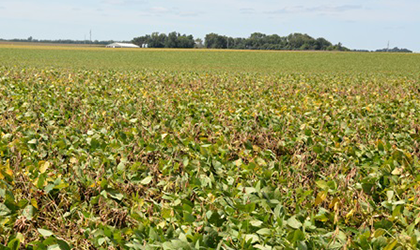
Late-Season Soybean Diseases: Know what’s killing your soybeans
Late-season soybean diseases can sometimes be mistaken for natural senescence. A closer look at the stems and roots of dying plants and the pattern displayed by dead plants in the field may reveal root or stem rots going on. In order to devise effective management practices for future soybean seasons, it is important to determine the cause of early soybean plants death.
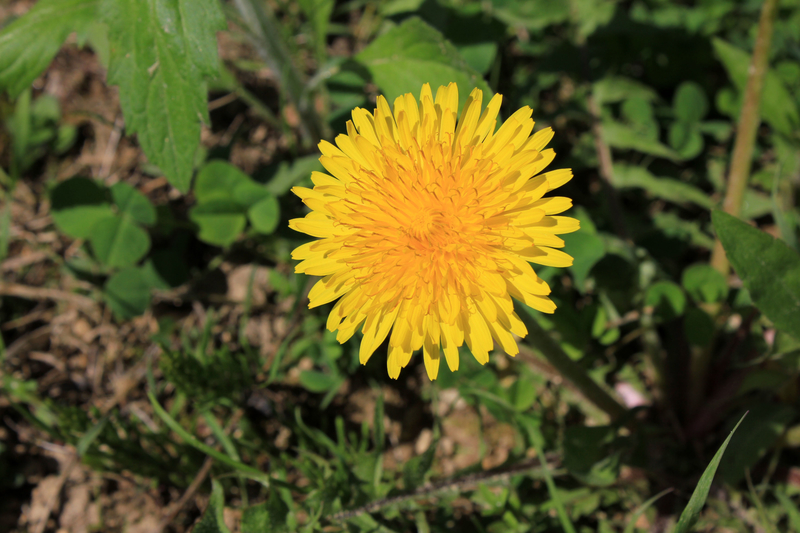
Spring Dandelion Control In Soybeans
Dandelion has become much more of a problem as farming practices have changed. Less tillage and increased use of glyphosate resistant crops along with reduced use of residual herbicides have allowed some perennial weeds such as dandelion to prevail.
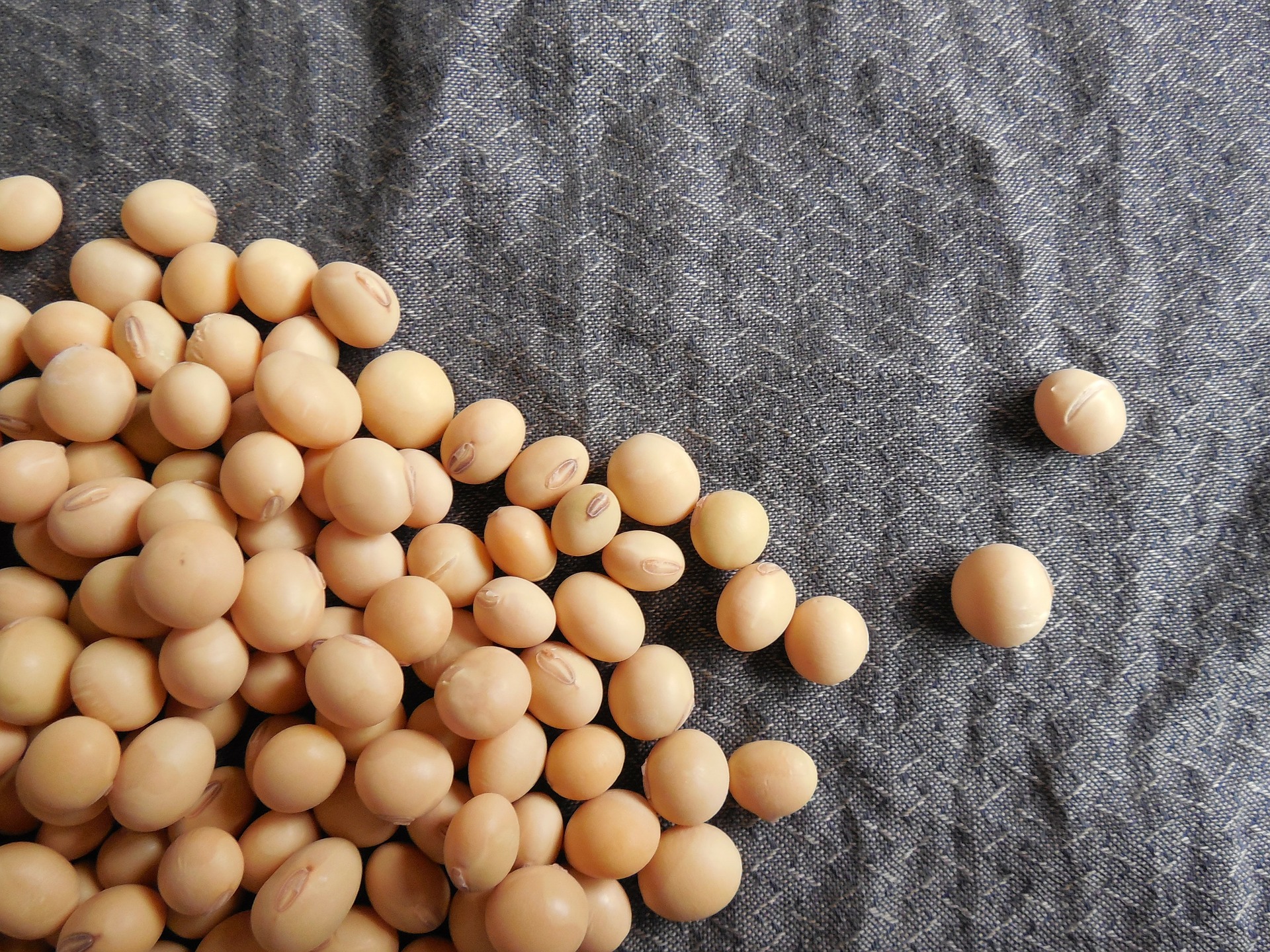
Want a Premium Price? Weed Control In NON-GMO Soybeans
Many emotions set in on farmers that hear the word “non-GMO”, but it could help them in times like today when prices are low for many farm products in South Dakota.
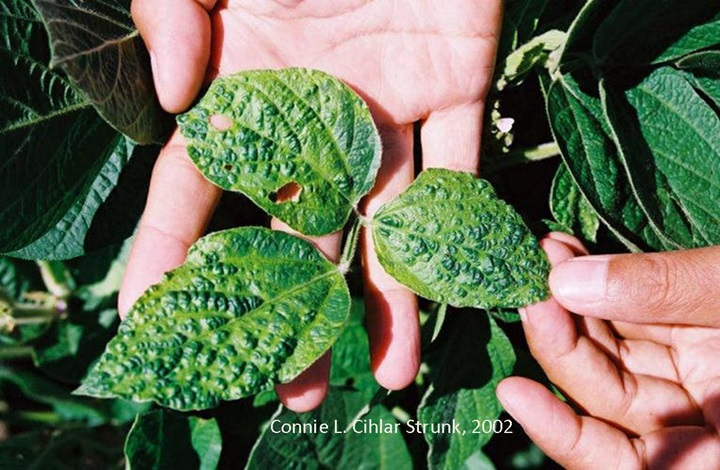
Soybean Pests: Bean Leaf Beetles and Bean Pod Mottle Virus
With the number of bean leaf beetle observations in soybean fields during 2016, the need for monitoring soybean for Bean pod mottle virus (BPMV) development increases. Bean pod mottle virus was first identified in South Dakota in 1998, and is recognized as a very economically important disease in soybean due to the potential for it to cause devastating losses to soybean yields.

Soybean Vein Necrosis Virus Detected in South Dakota Soybeans
A new soybean virus called Soybean vein necrosis virus (SVNV) was detected in South Dakota soybean fields in Davison and Union counties. Symptomatic plants were sporadic and found along the field borders. Infected plants showed mild to moderate severity.

SDSU Research Shows Effects Of Volunteer Corn In Corn And Soybeans
In 2007, researchers at South Dakota State University indicated that volunteer corn is much less competitive in corn than soybean. The South Dakota study (Alms et al. 2007) evaluated the full season effect of a range of volunteer corn densities (800-14,000 plants/acre) on both corn and soybean and reported yield losses that ranged from 0% to 13% in corn and 0% to 54% in soybean.
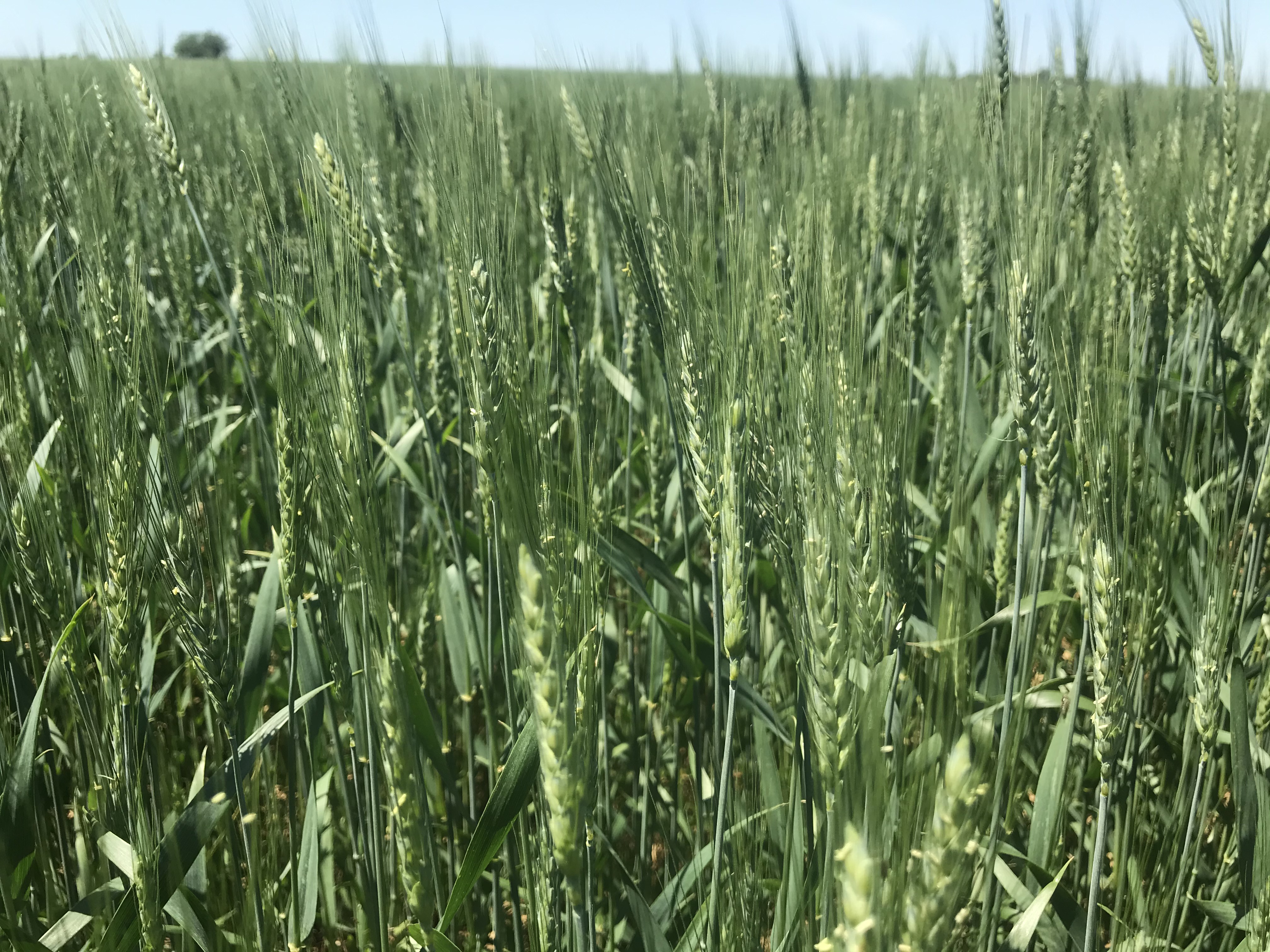
Crop Hour
SDSU Extension will deliver a series of virtual Crop Hour webinars starting January 9 through March 7, 2024, every Tuesday, Wednesday and Thursday from 10:00 a.m.-11:00 a.m. CST.
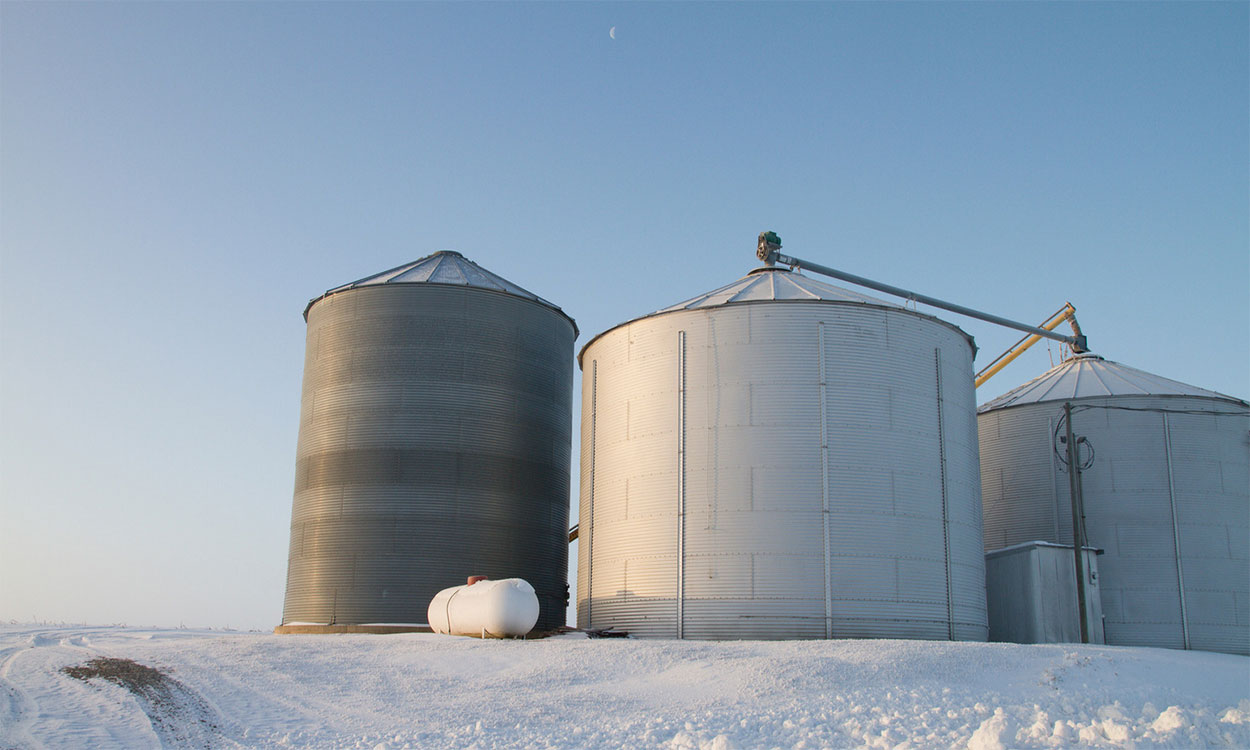
Forecasted Cold Temperatures Can Be Used To Cool Down Stored Grain
If temperatures are forecasted as being well below freezing, it would probably be a good time to start thinking about cooling stored grain. Cooling grain reduces the activity of stored grain insect pests and suppresses any mold growth that may otherwise occur.
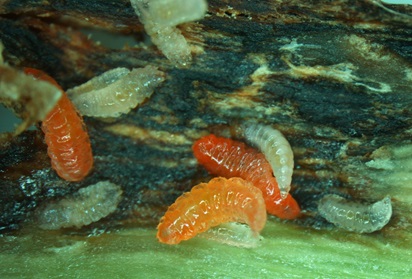
Gall Midge Larvae in Soybean Stems
Gall midge larvae were observed recently in soybean stems from a field in South Dakota. These insects were found under the epidermis of the stem that was slightly above the soil line.